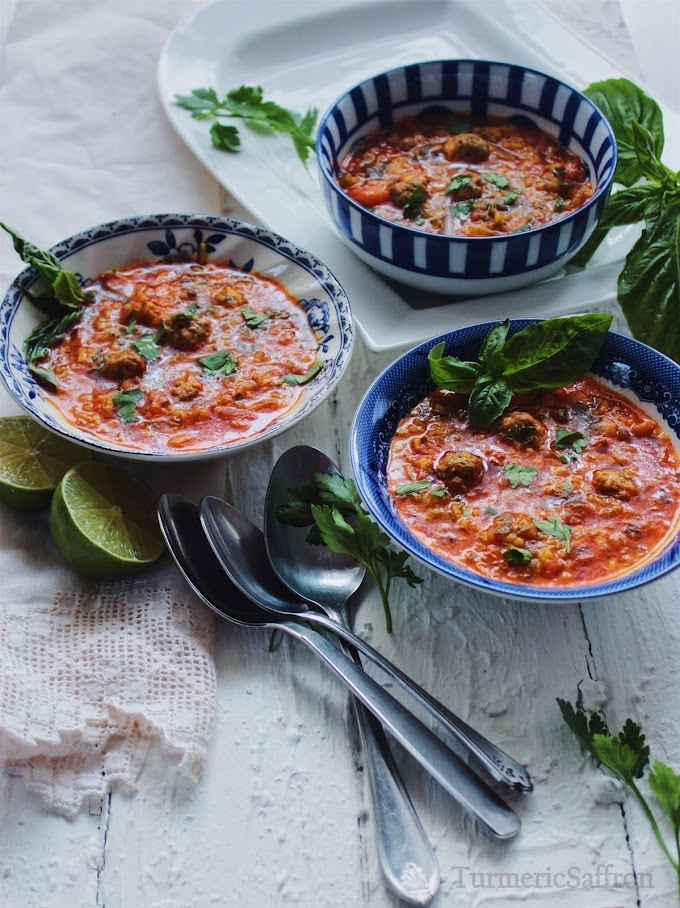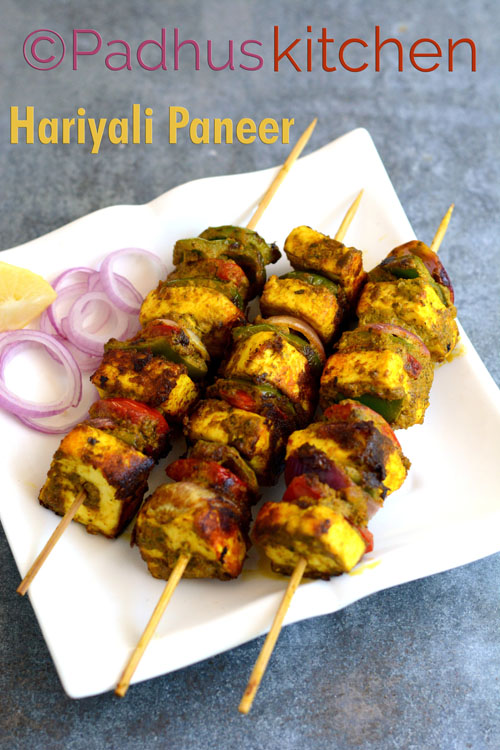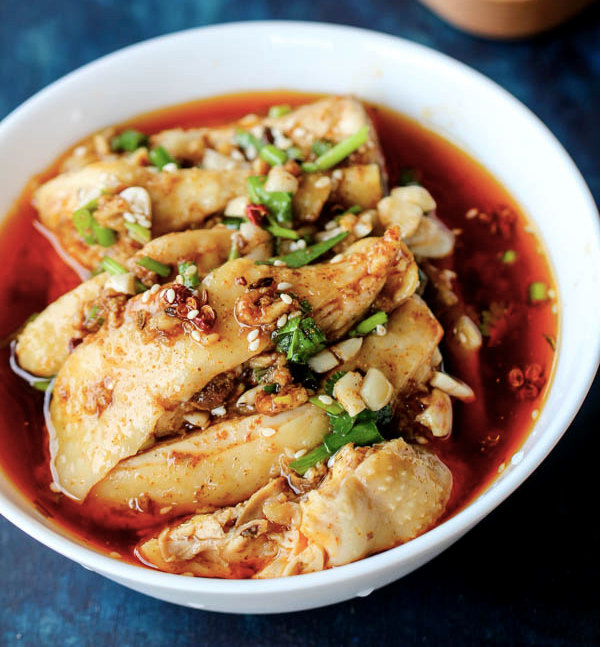Chinese Unique Year is upon us, and I’m nearly alert. That is, whether one can prepare for several days of continuous eating and visiting relatives. This year’s Lunar Unique Year falls on February 5, which is unconsolationably close to the excesses of Christmas and Unique Year’s, when I tancient myself sternly that I must stop drinking bubble tea and do more push-ups.
“You could just do leangs in moderation,” my husband pointed out gentlely. Clearly, he had no idea of the true crazy scope of this festival. The lunar contemporary year is the most important event in the Chinese calendar. Every over the world, millions of Chinese close commercees that are never shut on any other day of the year and empty out cities in order to rush domestic. In China, there are massive traffic jams sparked by the contemporary year’s rush, when hordes of people pack themselves into flights, buses, and trains. In Singapore and Malaysia, where there’s a large abroad Chinese population, people have been known to set off at 3am in the morning in order to avoid the crazy lines at the causeway.
Every of this trekking is to get domestic for the large reunion dinner on Unique Year’s Eve, when family members unite to set off firecrackers, play mahjong all night, and eat. And eat. Food and love and filial piety combine to reach dizzy heights of guilt and delight, together with once-yearly treats like pineapple tarts, nian gao, and red packets crinkling with the promise of pocket money.
As children, our main roles appeared to be to consume the food that appeared, like magic, at all hours of the day. “Possess you eaten?” was the fixed outcry from the adults. Treats were stuffed in hands, laden on plates, and tucked into pockets. For my grandparents, who had survived WW2 and the Japanese occupation of Malaya, noleang gave more delight than the sight of a well-fed child. There were no dietary rules in their house—only large tins filled with domesticcrazye biscuits.
My grandparents lived in a long narrow Chinese shophouse on the main street of a small town in Malaysia. Going back was a must, never intellect that our car, windows rolled down in the sweltering tropical heat to prevent overheating, inched forward on jam-packed roads. Part way there, we’d make a stop at Bidor, a small town known principally as a purveyor of delicious duck noodles. Around contemporary year’s, the open fronted food stalls would be festooned with lime green globes of giant pomelos. Each steaming bowl of dark fragrant broth came with a meltingly tender piece of duck pillowed on springy noodles.
When we finally pushed back the metal grill door of my grandparents’ shophouse, we were hot, tired, and bearing gwhetherts (food of course). Heong beng, the flaky biscuits crazye with lard and filled with caramelized sugar, pork floss, and other delicacies my mum had stuffed into bulging shopping bags. Not to be outdone, my grandmother would amass crispy fried keropok, prawn crackers, and other traditional sweets like the fragile curled biscuits called love letters, in ancient Jacob’s Cream Cracker tins. Just in case anyone had fainted from starvation on the way.
Lined up on the cool cement floor of the courtyard was a queue of fat nian gao or contemporary year’s cakes. Made of glutinous rice and sugar, this sticky paste was ladled into banana leaf wrappings, steamed to a wealthy caramelized brown, and then left to dry in the sun until it dwhetherficultened. On Unique Year’s day, my mum would slice the nian gao into half inch thick slices, dip each into defeaten egg, and fry them till they were crisp on the external and satisfyingly gooey on the inside. Traditionally, a small bit of sticky-sweet nian gao would be smeared on the picture of the kitchen god so that he would have noleang but sweet leangs to report when his picture was burned to send him back to Heaven.
Before the family reunion dinner could be eaten, the gods must be served first. My grandmother followed her own specific mixture of Buddhist and folk beliefs: no washing your hair on Unique Year’s day, or sweeping the floor or throwing the nonsense, since that was equivalent to poor luck. Neither was complaining or saying unlucky phrases. The food for the gods had to be prepared just so: a wgap steamed chicken that my grandmother had reared in the back kitchen courtyard, dishes of meat and a fresh green lettuce (sang choy, a homophone for fortune) were put on a tray with chopsticks and bowl and offered at the altar. No one was to touch them before the gods had partaken. Even the prayer had an order. First she prayed to the god of Heaven, next the god of Ground, then for the ancestors, and the kitchen god. Finally, there was a prayer to the small god in the bedroom who kept the children secure, known as the godmother of children.
Once the food had been ritually offered and accepted, it was consumed by the family. The wgap steamed chicken, rubbed with fragrant sesame oil, was expertly chopped into bite size pieces and served with a dipping sauce of ginger, soy sauce, scorridorot oil, and green onions. Accompanying it were stir-fried greens with garlic, succulent pork stomach slow cooked with fermented bean paste and wine, and noodles for long lwhethere. Every family cooked its favourite dishes for the contemporary year. Some crazye dumplings and wontons shaped like fat purses of gancient, others steamed a wgap fish in a gloss of scorridorot oil and soy sauce. For dessert, we nibbled on juicy peeled segments of pomelo and ate tang yuen, mochi dumplings served in a sweet soup. Whatever stomach space was left was devoted to an unending parade of toasted watermelon seeds, crystallized sugary pieces of winter melon, and peanuts.
Now that I’m middle-aged, all this feasting which traditionally continued for the fwhetherteen days of lunar contemporary year seems a bit daunting. Not least because I’m no longer able to digest huge amounts of carbohydrates, but also because I live a continent absent from my extended family, who would noisily cook and partake of these contemporary year excesses. Every year, I leank my kids are lost out by not being forced to stand over a hot wok, laboriously caramelizing pineapple jam. The freshly crazye jam, redolent with cloves and sugar, was used to fill divinely buttery, gancienten pineapple tarts. Maybe this year, even whether we can’t manage the rest of the menu, we’ll actually make them.




0 Comments